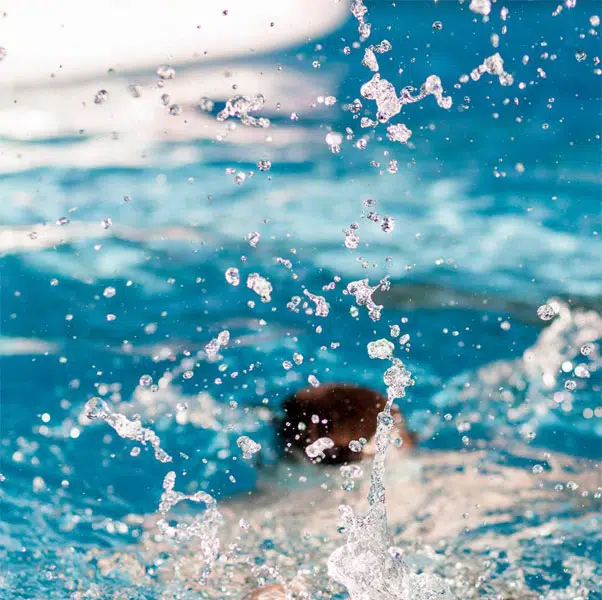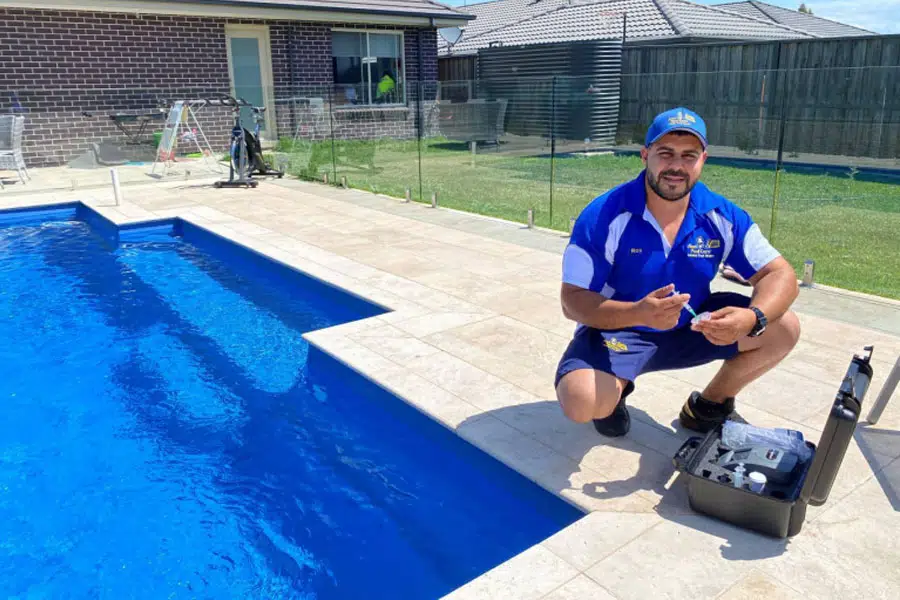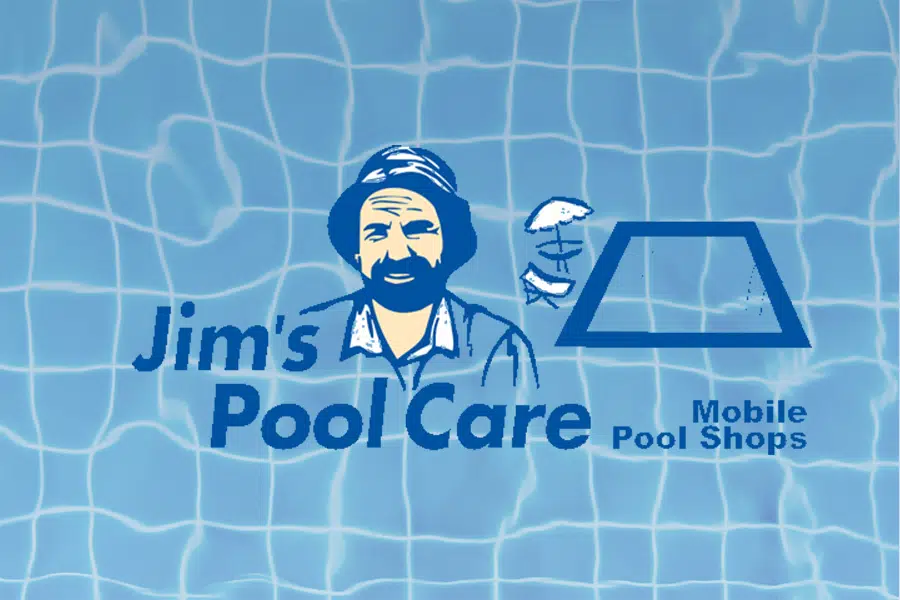
Balance your Pool Water Chemicals the Right Way
How to Look after you pool safely with pool chemicals
Keeping the right levels of chemicals for your pool water is not just about keeping it looking crystal clear, but more importantly it’s about keeping your family safe. Unhealthy pool water is the perfect feeding ground for bacteria, viruses, algae, cloudy water, scale build-up and equipment corrosion. In other words, if you want to protect not only your family from harmful bacteria, but also your pool surface and pool equipment from long-term damage of corrosion, then you need to be sure to maintain the correct levels of pool water chemicals on a regular basis.



